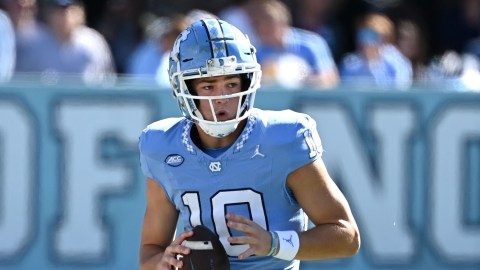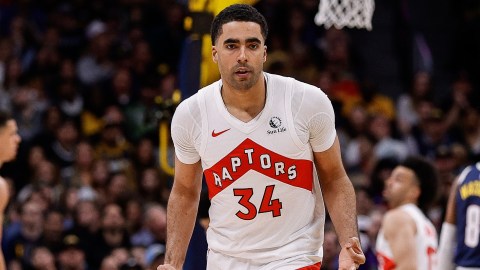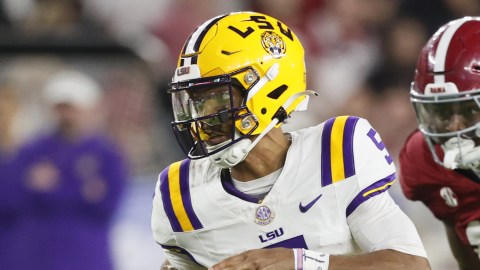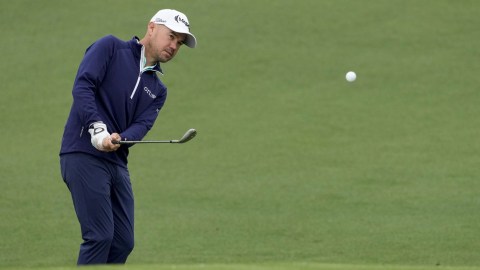Rose Freight Trains Fosse – 1970
Pete Rose gained his nickname Charlie Hustle in large part thanks to plays like he pulled off in the 1970 All-Star game. Rose was never one to shy away from a hard slide or live right on the edge of aggressive competitiveness. He showed just how far he would go to win a ballgame, even one that did not count in the standings, on July 14th, 1970.
With the game tied in the bottom of the 12th inning and Rose at second, business was about to pick up. Chicago Cubs’ first baseman Jim Hickman hit a line drive single into center, which was by no means a no-doubter walk-off. Kansas City Royals center fielder Amos Otis came up with the ball quickly and fired a strike to Cleveland Indians’ catcher Ray Fosse, but Rose struck harder.
The MLB hits leader barrelled into the backstop, who couldn’t hold on to the ball. In front of nearly 52,000 fans at Reds Riverfront Stadium, their own Mr. Hustle put his body on the line to get his NL team the win.
The aftermath included a separated and fractured shoulder for Fosse, although it didn’t seem to affect his second half of the season. Cleveland’s catcher hit .297 the rest of the way and won the AL Gold Glove award later that year. Fosse followed that up with a second gold glove and another All-Star honor in 1971.
Pete Rose was criticized for being overly aggressive on the play and showed little remorse, defending his decision after the game. Polarizing Pete so eloquently stated, “nobody told me they changed it to girls’ softball between third and home.”
The Ohio native would get 12 more All-Star nods and re-write Major League Baseball’s record book. If his most well-known action isn’t betting on baseball, it certainly is blowing up Fosse at home plate.
You be the judge.
Big Unit, Big Problem – 1993
John Kruk was one of baseball’s biggest characters in the late 80s and early 90s. While he may have slightly resembled 90s funnyman Chris Farley, who actually did a spot-on impression of the Philadelphia Phillies first baseman on Saturday Night Live…
Kruk was not playing a character at the ’93 Midsummer Classic.
Randy Johnson was one of the game’s most feared and intimidating pitchers at the time. Johnson stood 6’10” and dominated opposing batters, having led the league in strikeouts nine times in his career, including 308 whiffs in 1993.
The Big Unit was no stranger to throwing high and tight, especially to left-handed batters. In addition to leading the league in strikeouts in ’93, Johnson also hit the most batters for the second consecutive year. He routinely clocked 102 mph with his fastball and could sometimes get wild.
Undoubtedly all the above was racing through John Kruk’s mind as he stepped into the batter’s box at Camden Yards in the third inning. Johnson’s first pitch came in at 98 mph but about a foot above Kruk’s head. The ball slammed into the fence behind home plate in a scene reminiscent of pre-eyeglasses Wild Thing Ricky Vaughn in the classic comedy Major League.
After stepping out and patting his chest to ensure his heart was still ticking, Kruk stepped back in but not for long. The .350 hitter at the break nearly jumped out of the box on the next pitch, a called strike he probably didn’t even see because his head was already turning away. Kruk flailed at the next two pitches as his body pulled him outside the chalk to safer grounds. Clearly defeated and likely needed to be defibrillated, the colorful career .300 hitter tossed his bat and bowed before tossing his helmet high in the Maryland air.
Same Unit, Same Problem – 1997
Four years later, Randy Johnson was still striking fear into NL hitters’ hearts by missing the strike zone, even if they were former teammates.
The Big Unit faced Colorado Rockies slugger Larry Walker in the second inning of the ’97 edition in Cleveland. At the home field of the aforementioned fictitious Wild Thing, Ricky Vaughn, Johnson uncorked a pitch even wilder than his head turner to Kruk in ’93. The big lefty not only went well above Walker’s head but also behind him.
Baseball’s leader in the batting race at the time, following a ridiculous .398 first half, decided he was digging in, unlike Kruk before him. While he may have been shoveling his own grave, Walker flipped his helmet backward, and the lefty did something he had never done in his big league career – batted from the right side.
Perhaps, Walker had an inside track, having played with Johnson with the Montreal Expos for a short time in 1989, but the move seemed to work. After taking a ball as a righty, the Canadian moved back to the left side of the batter’s box and worked a walk on five pitches to get the last laugh.
There’s No Tying in Baseball! – 2002
One of the biggest things that differentiate the MLB from other leagues is that they will play all day and all night to determine a winner. And while Tom Hanks said it best 10 years earlier in the baseball flick A League of Their Own…
There is also no tying in baseball, or at least there wasn’t until 2002.
The contest itself was as entertaining as any. It kicked off with Minnesota Twins center fielder Torii Hunter making perhaps the best defensive play in All-Star game history. Appearing in his first Midsummer Classic, Hunter flashed his 2001 gold glove by absolutely robbing home run king Barry Bonds of a round-tripper in the first.
There were 25 combined hits, including a home run by each side, as Bonds got his revenge for the National League. The Giants slugger hit a two-run blast no one was going to haul back into Milwaukee’s Miller Park in the third inning. Despite the highlights, the anticlimactic finish will go down in infamy.
As the game headed to the bottom of the 11th, knotted at 7-7, managers Joe Torre and Bob Brenly met by the dugout with Commissioner Bud Selig. Each team only had one pitcher left, and it was determined if the Senior Circuit couldn’t manufacture a run, the game would be declared a draw. As the announcement was made, fans in attendance booed, chanted “Bud must go,” among other things, and littered the field with garbage.
A few minutes later, Freddy Garcia of the Seattle Mariners struck out Giants catcher Benito Santiago to end the game at 7-7. The boo birds again squawked loudly as the unthinkable in baseball became a reality.
No winning pitcher, no MVP, and no definitive conclusion to a three-and-a-half-hour game.
In It To Win It – 2003
They say necessity is the mother of invention, and Major League Baseball needed to convince fans to return to the All-Star game. To try and make up for the embarrassment of ’02, MLB changed the MidSummer Classic from an exhibition game to something that really mattered.
The stakes were high as the winning team would have its league guaranteed home field advantage for that year’s World Series. US Cellular Field played host for the homecoming 70th-anniversary game, which celebrated the inaugural event that took place in Chicago back in 1933.
It was an entertaining affair that saw the NL look to be on their way to victory with a 6-4 lead in the eighth inning. Unhittable Los Angeles Dodgers closer, Eric Gagne, who had not blown a save all year, was in to preserve the lead, but the AL rallied. After a single by Toronto Blue Jays outfielder Vernon Wells cut the lead to one, Texas Rangers third baseman launched a two-run shot into the Chicago night to put the American League up for good.
The New York Yankees hosted the Florida Marlins in the subsequent World Series, but home-field advantage did not work out that year. Florida upset the heavily favored Yanks in six games, taking the clincher in the Bronx.
Awarding the league’s All-Star game winner ended after the 2016 edition.
Time will tell if the 2022 All-Star Game can add some “real moments” on Tuesday night. First pitch is set to fly at 8:00 PM ET from Dodger Stadium in Los Angeles.



